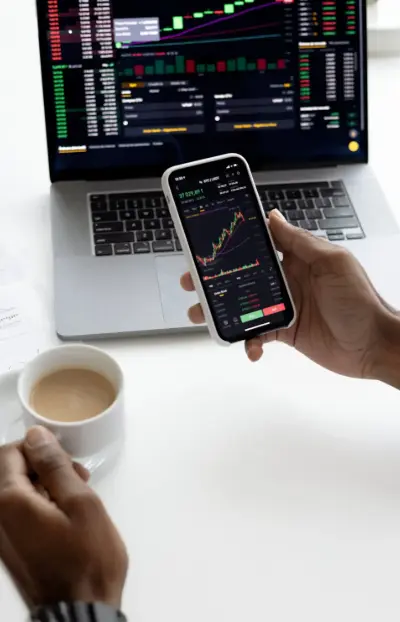The year 2017 marked a pivotal moment for the global economy, characterized by a mix of cautious optimism and lingering challenges. After years of sluggish growth following the 2008 financial crisis, signs of recovery began to emerge. However, heightened uncertainty surrounding policy directions, geopolitical tensions, and structural vulnerabilities continued to cast a shadow over the economic landscape. This article delves into the key trends, opportunities, and risks that defined the global economy in 2017.
A Fragile Recovery Takes Shape
Global economic growth showed signs of improvement in 2017, with the World Bank projecting a modest increase to 2.7% from 2.3% in 2016. This recovery was driven by a combination of factors, including a rebound in manufacturing and trade, improved confidence, and favorable international financing conditions. Advanced economies, emerging markets, and developing countries all contributed to this upward trajectory, albeit at varying paces.
- Advanced Economies: Growth in advanced economies was expected to recover to 1.8% in 2017, supported by stronger manufacturing activity and domestic demand. The United States, in particular, saw a mild pickup in growth, driven by a rebound in manufacturing and potential fiscal stimulus under the new administration.
- Emerging Markets and Developing Economies: Growth in these regions was projected to accelerate to 4.2% in 2017, up from 3.4% in 2016. The recovery in commodity prices, particularly oil, played a significant role in narrowing the growth gap between commodity exporters and importers.
The Role of Policy Uncertainty
Despite the positive outlook, 2017 was marked by unusually heightened uncertainty surrounding policy directions in major economies. The new U.S. administration’s proposed fiscal stimulus and potential shifts in trade policies had far-reaching implications for global growth and financial markets. Key concerns included:
- Trade Protectionism: The possibility of protectionist trade policies raised fears of higher import costs and disruptions to global trade flows.
- Monetary Policy Tightening: Faster-than-expected tightening of U.S. Federal Reserve policies could lead to adverse effects on emerging and developing economies reliant on external financing.
- Geopolitical Risks: Tensions in regions such as the Korean Peninsula and the Middle East added to the uncertainty, impacting investor confidence and economic stability.
The Divergence in Growth Dynamics
The global economy in 2017 was characterized by divergent growth dynamics across regions and sectors. While some economies experienced robust growth, others faced structural challenges and vulnerabilities.
- China’s Moderation: China’s growth was projected to moderate to 6.5% in 2017, reflecting soft external demand, slower private investment, and efforts to address financial risks.
- Euro Area and Japan: Supportive monetary and fiscal policies helped sustain growth in the Euro Area and Japan, with domestic demand and exports playing key roles.
- Commodity Exporters vs. Importers: The recovery in commodity prices provided relief to exporters, while importers continued to benefit from lower energy costs and robust domestic demand.
Structural Challenges and Long-Term Risks
While the short-term outlook appeared brighter, the global economy faced several structural challenges and long-term risks that required attention:
- Weak Productivity Growth: Sluggish productivity growth remained a concern, particularly in advanced economies, where it constrained potential output and wage growth.
- Rising Debt Levels: High levels of public and private debt in many countries posed risks to financial stability and economic resilience.
- Climate Change and Sustainability: The need for sustainable development and climate action became increasingly urgent, with extreme weather events highlighting the economic costs of inaction.
Opportunities for Growth and Resilience
Amid the challenges, 2017 also presented opportunities for fostering growth and resilience in the global economy:
- Investment in Infrastructure: Increased investment in infrastructure projects had the potential to boost productivity, create jobs, and support long-term growth.
- Technological Innovation: Advances in technology and digitalization offered opportunities to enhance efficiency, competitiveness, and inclusivity.
- Global Cooperation: Strengthening international cooperation on trade, finance, and climate action was essential for addressing shared challenges and promoting sustainable development.
A Year of Contrasts
The global economy in 2017 was a year of contrasts—hopeful signs of recovery tempered by significant uncertainties and risks. As policymakers, businesses, and individuals navigated this complex landscape, the importance of resilience, adaptability, and collaboration became increasingly evident. The lessons of 2017 continue to resonate, offering valuable insights for shaping a more stable and inclusive global economy in the years to come.
by World Bank Group







